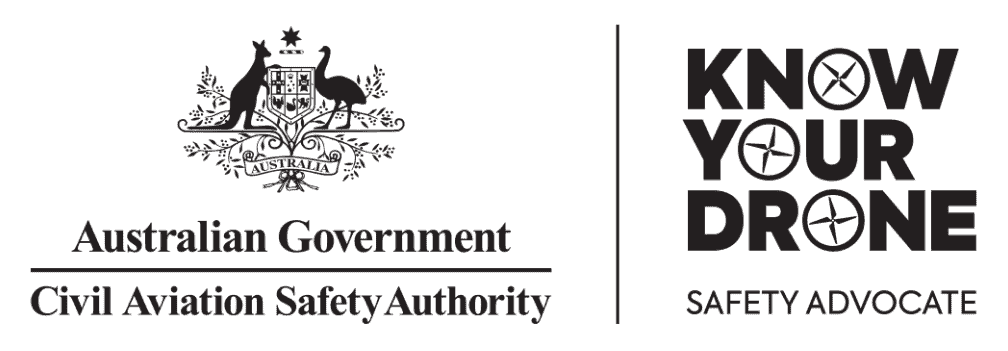Drones to drop dye to stop drownings
By Stuart Layt
Surf lifesavers have always relied on their eyes to spot hazards in the water for swimmers but soon they’ll be able to rely on eyes in the sky.
The Life Saver Rescue Drone program has commissioned a number of drones that can drop sea marker dye into the water, allowing lifesavers on the shore to more easily spot rips.
The drones have been developed by The Ripper Group, and CEO Ben Trollope said they had specially modified the drones for the work.
“Sea marker dye has been used for many years in marine search and rescue operations to see the direction of water currents,” Mr Trollope said.
“We’ve taken the concept of what we use on much larger drones and custom-built a new system to go onto the smaller drones, so it’s accessible to organisations like Surf Lifesaving.”
The Ripper Group has been operating the larger sea dye drones for the past three years, and has been using the new smaller drones in trials for six months.
Surf Life Saving Australia’s Shane Daw said a fleet of 51 drones was being deployed nationally, including 12 in Queensland, which will be spread across 25 beaches on the Gold and Sunshine coasts as well as further north.
“Our trial period will go through until around the middle of the year and then we’ll review the results,” Mr Daw said.
“Having that bird’s-eye perspective gives us the ability to spot hazards and identify potential risks, it just opens up another world to us.”
Mr Daw said as well as using the biodegradable dye to spot dangerous rips and sweeps, the drones could be used to rapidly assess situations such as people swimming or climbing on rocks.
“A lot of times we get called to incidents where people aren’t in trouble, but then on the other side of things it allows us to quickly assess whether we need to send someone on a rescue board, a boat, or even the rescue helicopter,” he said.
“We’d be thinking we’d be rolling out more of these [drones] for next summer once we’ve finished these trials to make sure whatever we’re doing we’ve got the right tools at the right locations to help save lives.”
Mr Trollope said in addition to the visual aid the drones provided for surf lifesavers, they were currently working on an AI program to help them spot potential problems that might not be visible to the human eye.
“We’re going to gather that data and build an artificial intelligence program called Distress Spotter,” he said.
“That will be able to identify if there’s someone in the water in a rip, and be able to alert the life savers on the ground that they’ve got to do something.”
Surf Lifesaving already uses drones for some search and rescue operations, as well as its Croc Spotter program in northern Queensland, which was also developed in conjunction with The Ripper Group.

